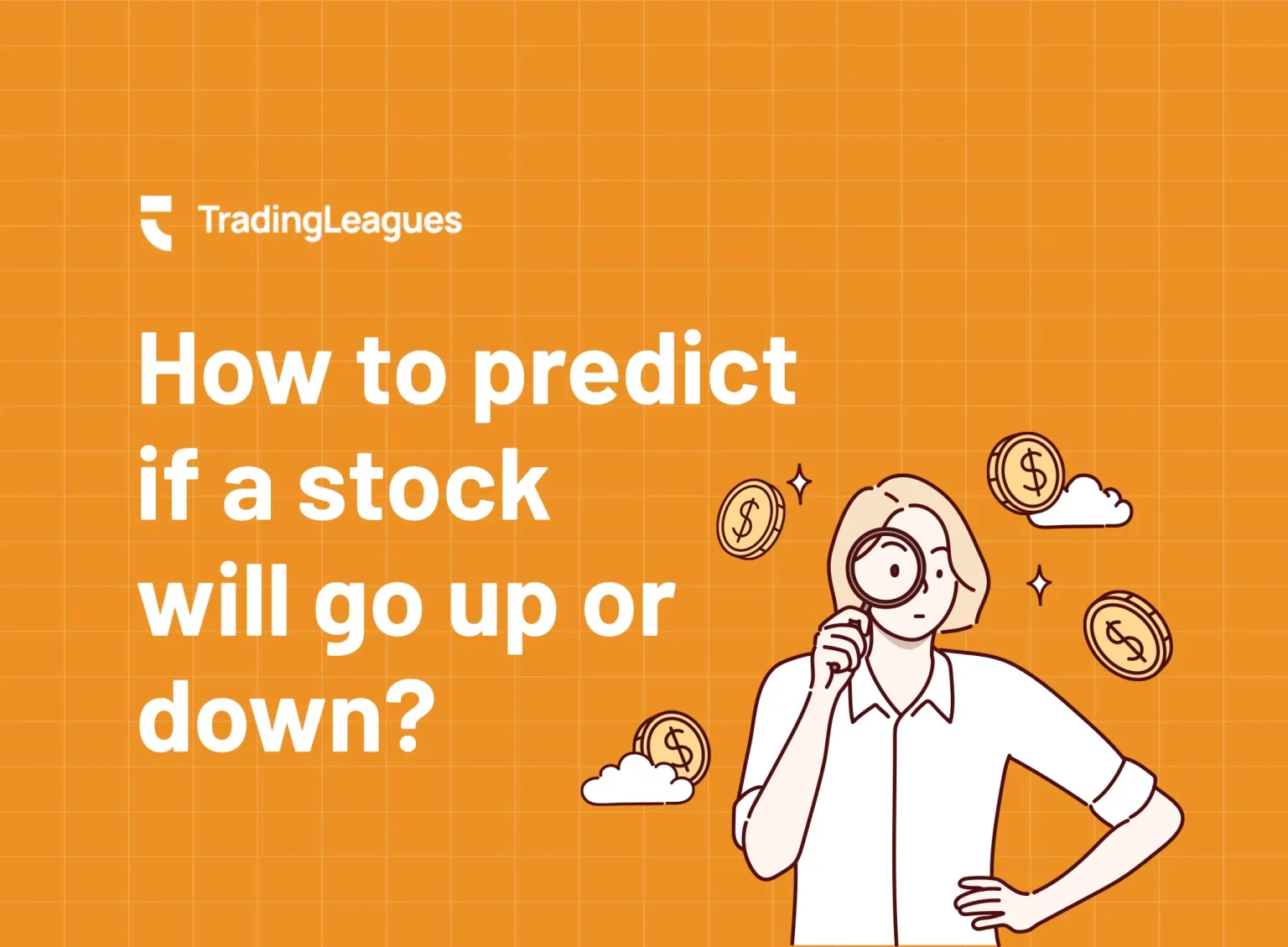Market forces alter the prices of stocks daily. In such a scenario, it takes basic understanding to understand that when more buyers queue up for buying a specific stock, the price for the same goes up. When more investors want to sell off the stock, the price for the same comes down. While this seems easy, there are a lot of factors that dictate price changes in the stock market.
When engaging in intraday trading, you might wonder if there is a way to predict the price movement of stocks at all. The basic factors that help you analyse a rise in price or a fall in price of the stocks are-
- Governing rates of interest
- Inflation level of the economy
- Overall conditions of the global markets
Preparing charts to analyse price movements in the stock market helps to analyse data for pointing out the optimum entry and the exit points for trade. These charts specify how certain stocks are behaving over a short and long-term period. As a trader, you can see how the pricing moves for a specific list of stocks over a certain period. This gives you a rough idea about when the price could rise and/or fall for these stocks. Such charts reveal information on the high, low, open, and also closing prices as per a specific time window.
Virtual stock trading
What if there was a way to engage in some stock price predictions just before investing? It makes intraday trading easier to tackle but could also make you a more seasoned investor. The stock market could be confusing and unless you have got a hang of the analysis of stock movement, you might be out for a gamble.
With TradingLeagues you can simply engage in playing some stock trading leagues for practising stock price predictions. The more you engage in these games you get an understanding of any correlation in stock fluctuations. If the price goes up for one stock, you can track any related factors that might have influenced the same.
How to predict stock price movement?
While a variety of factors influence stock price movement, the one point to remember is that at a given point in time, the price is because of the supply and the demand in the current market.
Fundamental factors that drive stock price movements are based on company earnings as well as profitability of the company. Technical factors that influence stock price movements pertain to momentum, chart patterns, and other behavioural factors among investors or traders.
Market trends
The current market trends tend to either move the prices of the stock upwards or downwards. Sometimes they could even cause a sideways shift. The market trend signifies the direction towards which the stock is generally moving.
- Based on previous data, traders can technically analyse if the trend of upward price movement will hold up or vice versa.
- When the market is on an upward trend, over the long term, you can hold onto stocks, enter a long position and invest more.
- When the trend signifies a dip, you can enter a short position. It only means the trader sells off a stock that he can buy again later.
- When the trend signifies a dip, you can enter a short position. It only means the trader sells off a stock that he can buy again later.
- Trend monitoring and analysis is a long-term game.
Sometimes, an intermediate trend can arise suddenly and cause a frenzy. Traders would be wise to stay aligned with market trends and not go against the same.
Volatility
Studying volatility involved with stocks will help you understand the rate by which the price of any stock goes up or down over a specific period.
- When the price of any stock fluctuates rapidly over a short period, it signifies high volatility. When the stock prices move slowly to go higher or even lower, it signifies low volatility. Along with this, you also need to understand the stock volatility over the past months.
- Calculate the same using the series of earlier market prices. Use implied volatility to look at the anticipated future volatility. This is analysed as per the market price for any market-traded derivatives such as options.
- As an investor, you may use downward volatility as a scope to believe that the markets will perform strongly over the long run. Use this as a scope to buy more stocks in companies you prefer at lower pricing. This lowers the average cost you put in per share.
Volume
As per stock market terminology, volumes refer to total shares numbers that you trade in, for a specific time period.
- Every stock exchange tracks the volumes of stocks. Information on the volume is readily available across broking platforms, news sites, third-party sites, and also on investment platforms. Charts are the most common tools used in volume representations. High-volume stocks indicate that there is amplr activity around the same.
- An uptick in trading volumes for a stock could have a significant impact on the stock price. However, higher volume might not be the reason for price movement.
- There are other factors that club with volume to cause price movement. What the volume does is, help traders confirm a particular trend’s existence. When the volume is high and the market is looking up, you can assume the stock market is going strong.
Trading volume-related analysis helps intraday traders and investors.
Support and resistance: Breakout
The support level is the price of any stock at which the latter drops more than one time. If a stock dropped to INR 100 and then grew to around INR 120 before dropping to INR 100 (and growing again), it would mean that INR 100 is a support level of the stock price.
On the other hand, the resistance level signifies the price that the stock never touched till date. For instance, if a stock price hit INR 120 and dropped back to INR 100 before growing again to INR 120 and dropping back, the resistance level would be INR 120.
Whenever the price goes below the support level or over the resistance level, traders call it a breakout in the market. The support and the resistance in trading can help estimate good buying or selling positions. The support level signifies a good buying position, while the resistance level signifies a good selling position.
Conclusion
Besides the factors mentioned above, several tools help predict price movements in the stock market. From watch lists to charts and even moving average or relative strength index; there are a whole lot of factors that help analyse price movements.
TradingLeagues understands how important it is for traders to watch stocks and then analyse them. The app offers curated stock watch lists that form a part of the app’s fantasy stock universe. It is a one-stop destination to help you to learn and practise trading virtually. with the combination of its leagues; Classic Leagues, Target Leagues, Selection Leagues, and Battle Leagues, you can begin to understand how trading in the stock markets works. The games are fun and immersive. Keep playing and climb up the leaderboard to win rewards. Download TradingLeagues app for free now!






